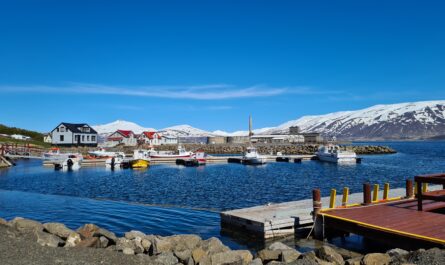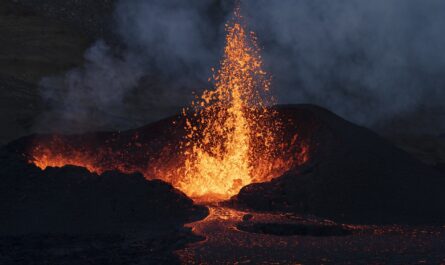In recent years, tourism has made a substantial contribution to Iceland’s economy as well as the country’s environment. The country’s diverse natural features, including its glaciers, geothermal sites, and waterfalls, have drawn an increasing number of tourists who are looking for both an exciting adventure and stunning natural scenery. Tourism has provided Iceland with economic benefits; nevertheless, it has also created difficulties for the country’s environment and the communities that live there.
Tourism in Iceland has developed into a crucial industry for the country’s economy. It has had a substantial impact on the country’s Gross Domestic Product (GDP), job creation, and earnings in foreign exchange. The influx of tourists has stimulated economic growth and diversity by leading to the development of enterprises associated with tourism, such as hotels, restaurants, tour operators, and other related industries. The introduction of new economic possibilities and improvements in infrastructure have been major contributors to the revitalization of many rural communities. Also, the country has become less reliant on traditional industries such as fishing and agriculture because of the growth of the tourism industry.
Yet, Iceland’s infrastructure and natural resources have come under increased strain as a result of the rapid expansion of tourism. Overcrowding, snarled traffic, and increased demands on the nation’s public services are just some of the problems that have arisen as a direct result of the country’s small population and its limited capacity to welcome a significant number of tourists. Overtourism has caused problems at some major tourist destinations, such as the Golden Circle.
Concerns about the environment have also surfaced as a result of the influence of tourism. Increased foot traffic, littering, and the construction of tourist facilities are all potential threats to the delicate ecosystems of Iceland, which are especially vulnerable to these threats. Uncontrolled tourist activities can result in erosion, pollution, and other types of environmental disruption, which can have a negative effect on the flora, fauna, and natural landscapes. Also, the carbon footprint of the tourism industry, which includes the use of energy and transportation, contributes to climate change, which is a threat to the natural environment of Iceland over the long run.
In conclusion, tourism has been a key contributor to the development of Iceland’s economy, resulting in increased economic activity and new job opportunities. Unfortunately, this has resulted in more burden being placed on the country’s already vulnerable ecology as well as on its already strained infrastructure. Tourism techniques that are environmentally friendly and managed in a conscientious way are absolutely necessary for mitigating the negative effects and maintaining Iceland’s natural treasures for future generations.


